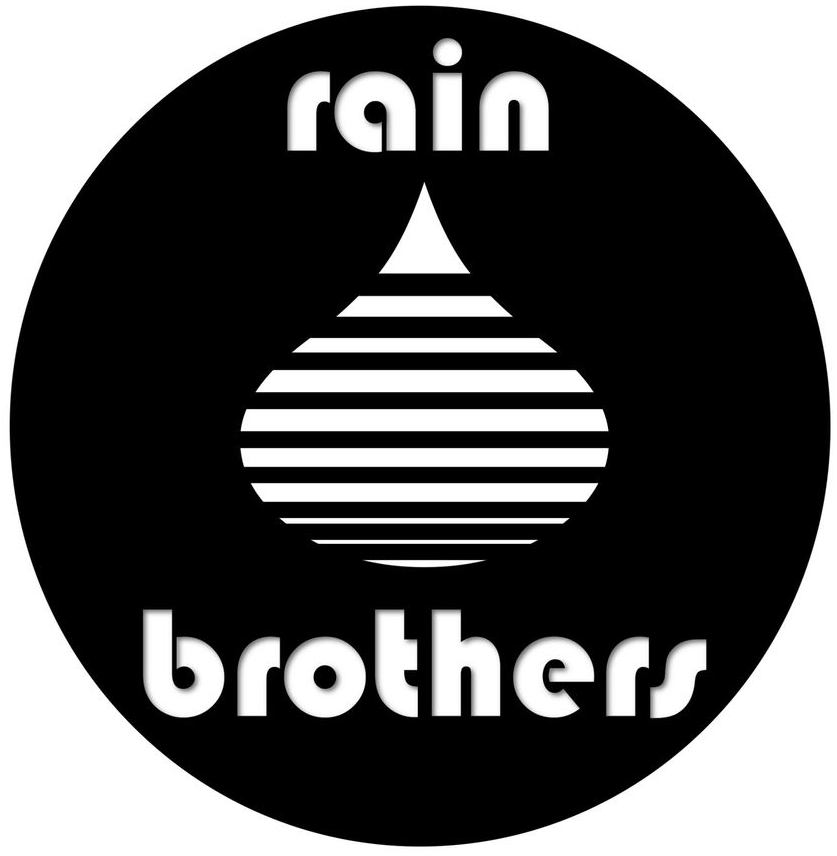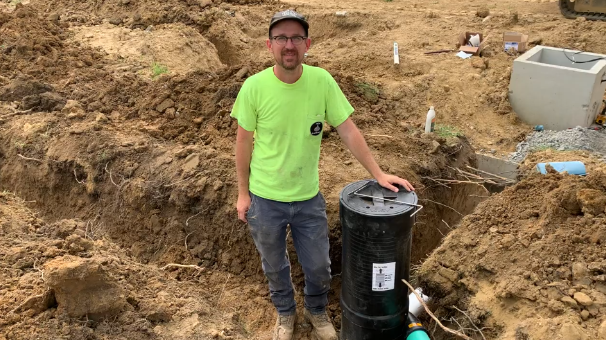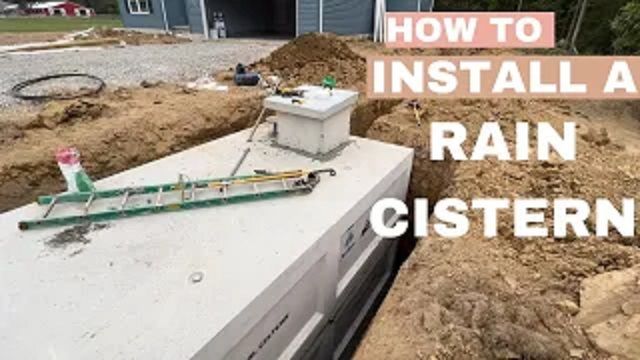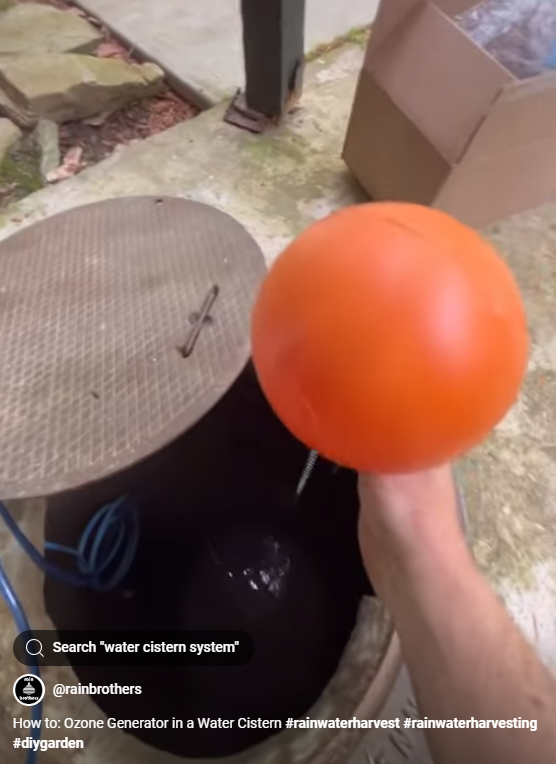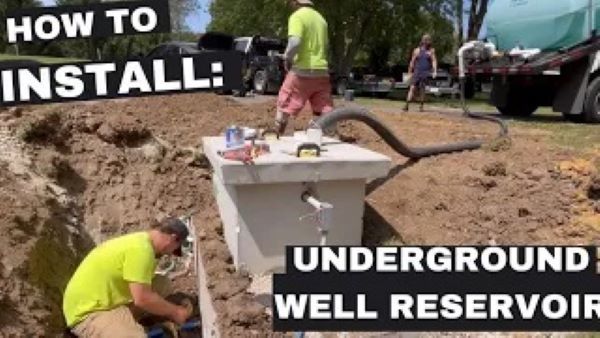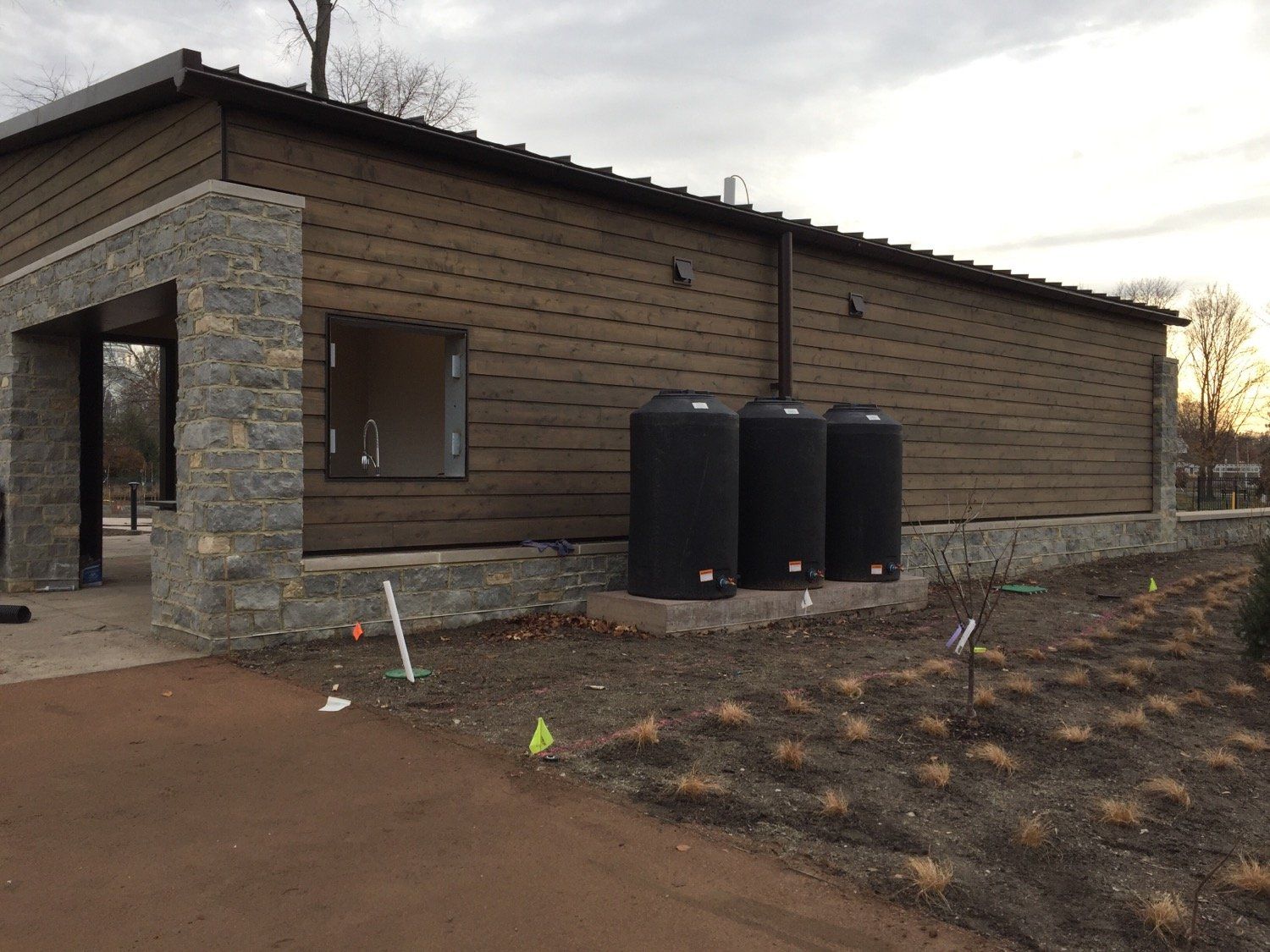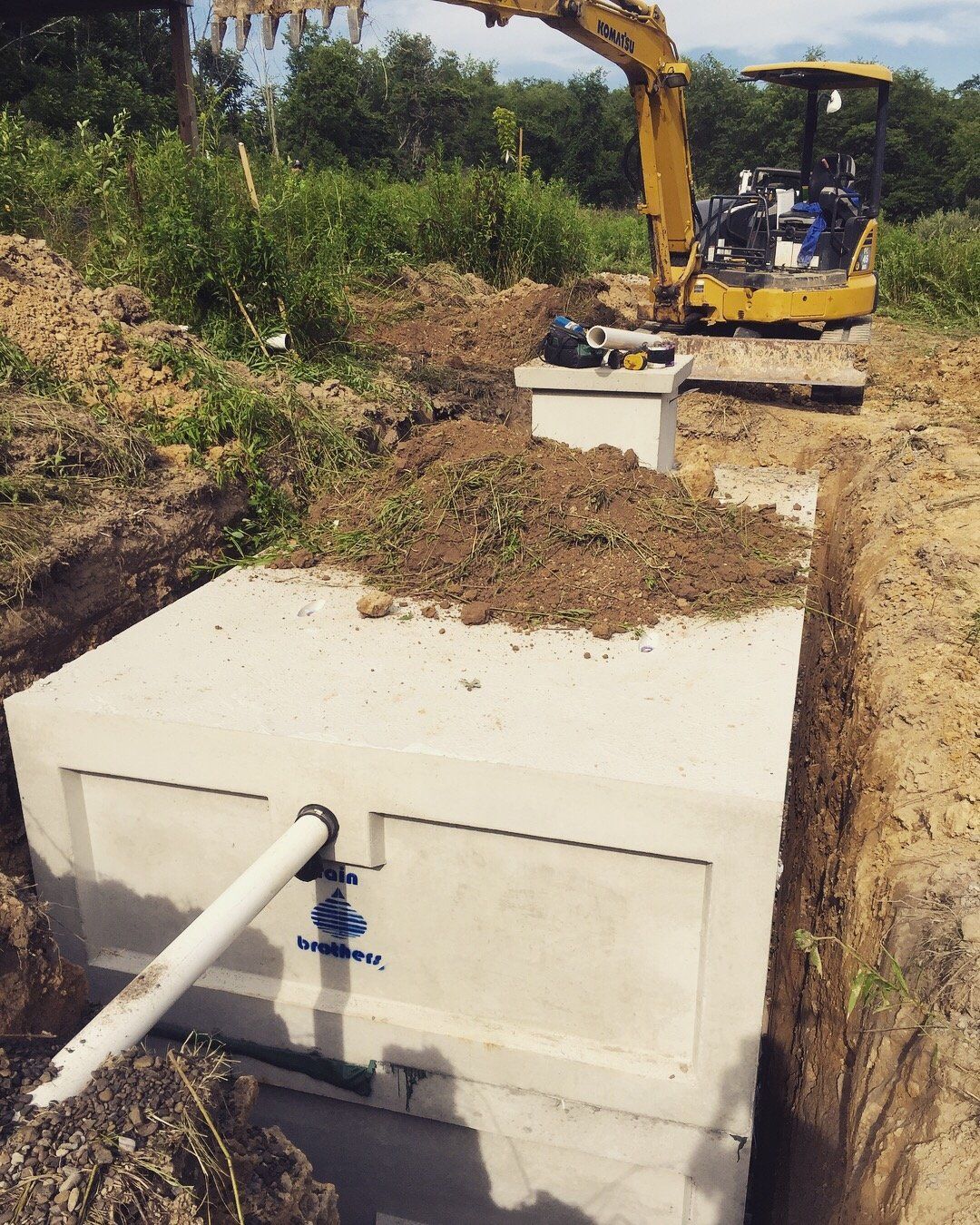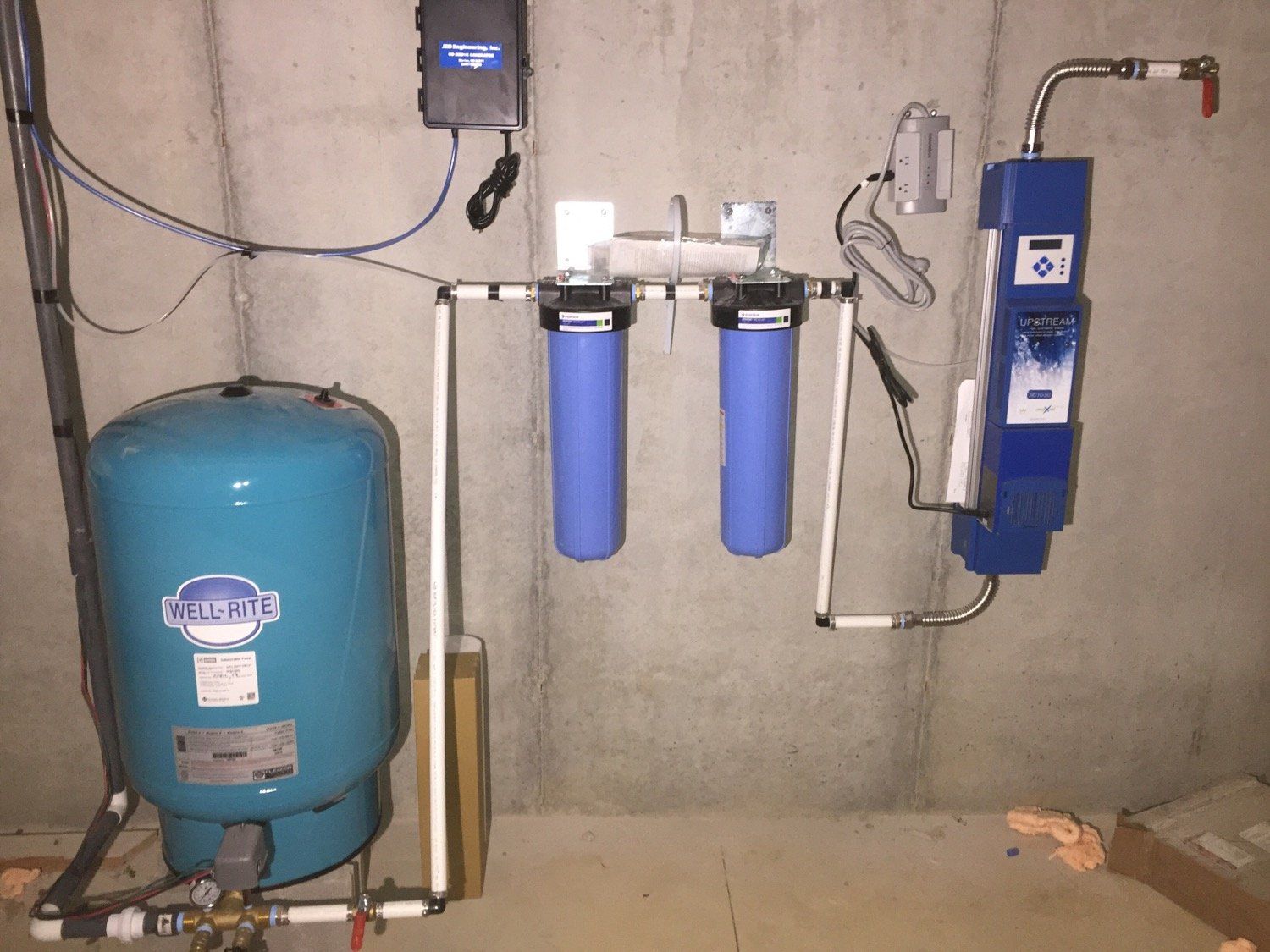What to Expect with a New Concrete Rain Harvesting Cistern
Break-In, Water Quality & Maintenance Tips
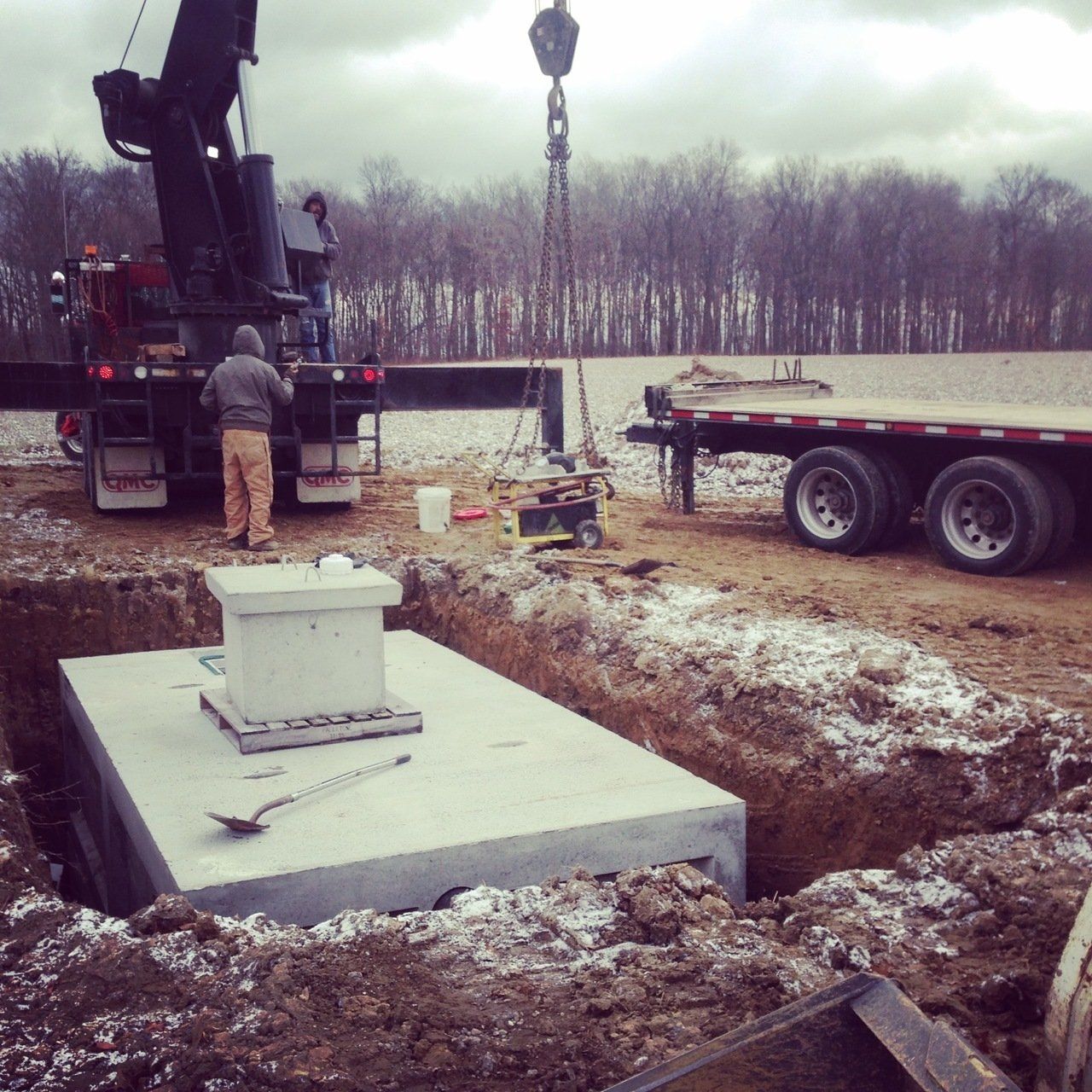
Rain harvesting cisterns are a great water source, plain and simple. Unlike wells, which can be hit or miss in terms of water quality, rain cisterns are reliable, soft, and clean, with low maintenance on the part of the homeowner if installed correctly.
It's also important to know that there is a bit of a "break in" period with new cisterns. If you're thinking of installing a rain harvesting system for your home, here are the top things to expect from new cisterns, as well as maintenance requirements on systems:
Breaking In Your Cistern
1) If you're using a new concrete cistern, expect the pH of your water to be elevated for the first several months. New concrete will increase pH. Always test the pH to make sure it is within safe range for consumption, but expect initial pH readings on concrete tanks to be upwards of 10 and perhaps even higher. Eventually, the acidity of rainwater and the calcium in concrete will help balance each other, and, once the new concrete cistern is "broken in" (generally after one or two full fill-empty cycles), the pH will fluctuate closer to neutral or slightly above (7.5-9). Here is a detailed article on the subject: https://www.rainbrothers.com/concrete-cistern-ph
Water Quality Issues
2) If you have a new asphalt shingle roof, expect there to be tannins in your water and for the water to be slightly discolored at first. This, too, goes away with time, but it's important to know that you may get an initial light yellowing of the water. This is normal, and is easy to filter out . Here is a video that we made that describes this issue: https://youtube.com/shorts/Wy-e3U8Mby8?feature=share and https://youtu.be/JeWhR8vd-2Q
Maintaining Your Cistern
3) Cisterns are easy to maintain. With the right pre-filtering roofwasher, such as the Wisy Vortex filter or the Monjolin Smart Filter, your cistern will only need to be cleaned every 15-20 years. For the Wisy Vortex filters, the stainless steel screen gets removed every 1-3 months and placed in a dishwasher or sprayed down with a hose. If using the Monjolin filters for your roofwasher, we recommend cleaning the filter element every 4-6 months.
Inside the home, your sediment reduction filters would get replaced every 4-12 months, depending on water usage (a noticeable drop in water pressure, beyond which you can tolerate, is a telltale sign that your filters are getting clogged and need to be replaced). And the UV sterilizer (our recommended way of removing bacteria from your water supply) needs a new UV lamp every year, with an annual cleaning of the quartz sleeve at that time. Beyond that, it's a good idea to help keep the water inside your cistern oxidized by either adding a small amount of chlorine pellets (1/2 cup) into your cistern every 3 months or by occasionally running an ozone generator inside the cistern.
Conclusion
Rain harvesting cisterns offer a reliable, clean, and low-maintenance water source—especially when installed correctly and maintained with care. While new systems may have an initial break-in period with elevated pH or mild discoloration, these issues are temporary and easily managed with proper filtration and monitoring. With long intervals between major cleanings, simple filter maintenance, and occasional disinfection, cisterns provide an efficient, sustainable water solution for homeowners. Understanding what to expect up front helps ensure your system performs safely and effectively for years to come.
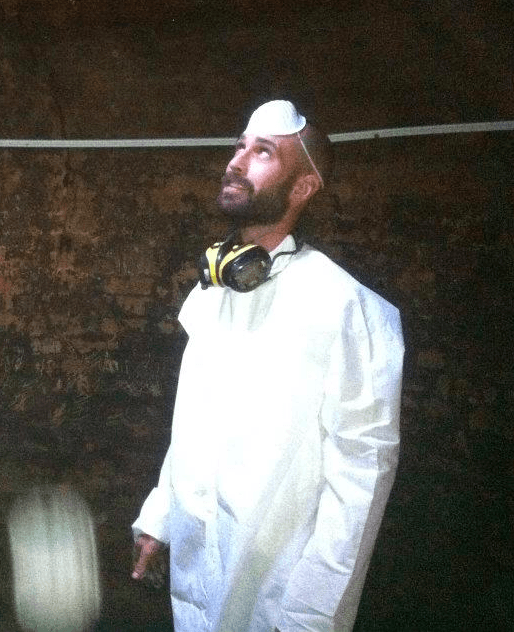
Links
Contact
937-949-1100
- Call or Text
catchingtherain@gmail.com
Cistern Living Community
Do you have a question about living with a cistern? We’re here to help! Join CisternLiving.com, sponsored by Rainbrothers, to connect with experts and a community of cistern owners. Your question could help others—sign up today and be part of the conversation!
Cistern Cleaning & Sealing Services
We provide professional cistern cleaning and sealing services within a 120-mile radius of Yellow Springs, Ohio, covering the following counties:
Butler, Champaign, Clark, Clermont, Clinton, Darke, Delaware, Fayette, Franklin, Greene, Highland, Madison, Miami, Montgomery, Pickaway, Preble, Ross, Shelby, Union, Warren.
Contact us today for reliable and professional cistern maintenance services!
Rainwater Harvesting Cisterns & Systems for Low-Yield, Low-Producing Wells
All Rights Reserved | Rain Brothers LLC
